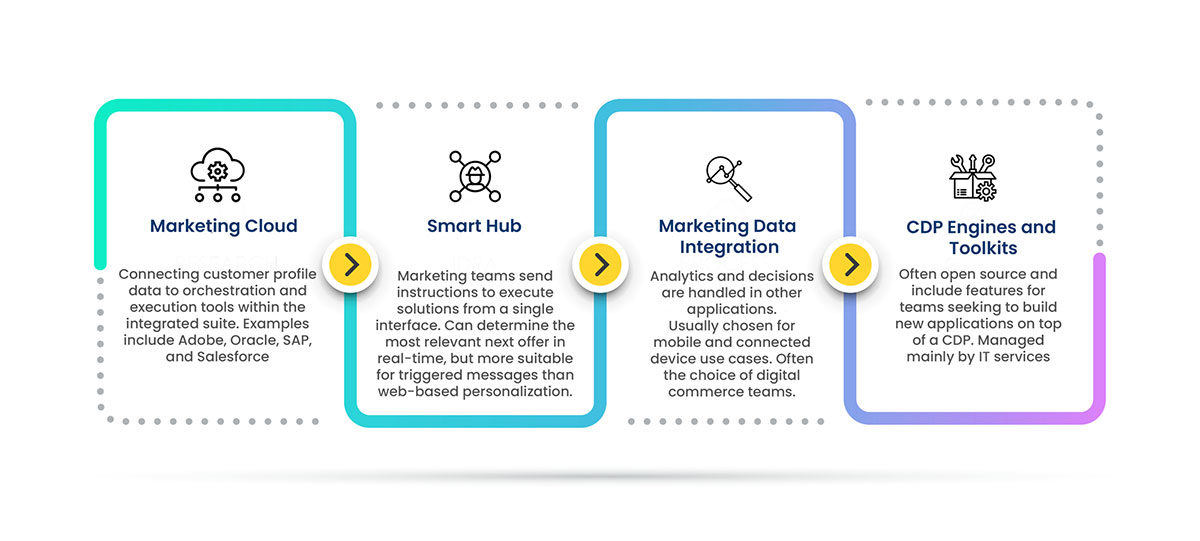
Evaluating Data clouds: Can you marginalize your competitors with more Customer Data?
Though research indicates that data can deliver the true customer experience, in reality, the Data and Analytics (D&A) teams in various organizations are constantly trying to evaluate the scope of Data cloud and their optimal use cases.
Many executives believe using customer data capabilities will allow them to gain an unbeatable competitive edge. The more the customers are, the more the data, which is analyzed with state-of-the-art machine-learning tools, will offer a better product that attracts more customers.
You can collect even more data and marginalize your competitors as businesses with sizable network effects do.
Often, this assumption of a vicious circle is wrong. Some Managers grossly overestimate the advantage that data confers [When Data Creates Competitive Advantage And when it doesn’t; by Andrei Hagiu and Julian Wright; Jan-Feb 2020].

The D&A leaders need to evaluate the requirements for Data cloud implementation.
For this, the D&A teams must understand how the organization assesses the accuracy of the profile unification within a product. Further, it is necessary to understand the extent of efforts involved in establishing connections with the source.
Also, how a product will track the permissions to market needs to be clearly understood. Finally, the auditability aspects of Data cloudmust be figured out by the D&A teams.
The overlap of Data cloud with the other IT-managed solutions creates a challenge for D&A teams to optimize their investments. Gartner classifies different Data clouds as follows:
D&A leaders must evaluate why Marketing and CX teams need Data cloud technologies and whether the Data cloud can deliver the required capabilities. D&A leaders must examine whether the Data cloud solution fits their overall D&A strategy and operating framework.
Mature D&A leaders tend to adopt a capabilities-centric approach to understanding marketing requirements.
The Marketing, CX, and D&A leaders need a strong understanding of each other’s objectives before and while implementing a Data cloud.
